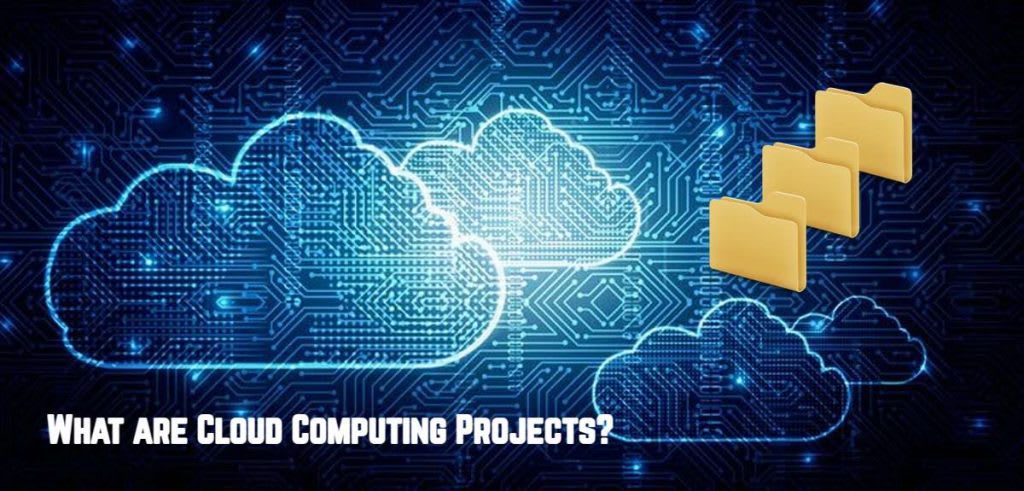Tag: Configuration
How To Install and Configure Webmin on Ubuntu 20.04
What is Webmin?
Webmin is an open-source web control panel that allows you to administrate your Linux system through a web browser. With a few clicks, you can manage your users, configure the DNS, or tweak your web server. For those who are not big fans of the command line, this must-have tool will make your server administration smooth and easily manageable. In this article, we'll learn how to install and configure Webmin on Ubuntu 20.04 server.
What is Desktop-as-a-Service?

Introduction
As firms advance towards a more modern infrastructure, the Desktop-as-a-Service (DaaS) model is becoming an increasingly popular cloud-based system. Desktop-as-a-Service is a multi-tenant, cloud computing solution in which a service provider furnishes a virtual desktop to an end-user over the internet. A provider typically manages the infrastructure, including the security updates, available desktop applications, data storage, and backups. In specific instances, DaaS users manage these services individually. According to Gartner via Workspot:
What are the Five Criteria Of a Cloud Platform?
Cloud computing is a model for empowering users to access a useful, network-accessible, shared pool of resources that allows for quick changes to settings and configurations with minimal intervention from a service provider in an easy-to-maneuver self-service management interface.
How to Install ESXi in VMware
Introduction

In this tutorial, we will learn how to install and configure VMware ESXi. The majority of VMware cloud product installations are targeting experienced Linux or Windows administrators. However, we will try to simplify the process as much as possible. If you are new to hypervisors like ESXi or VMware vSphere, this guide might be right for you! Let’s start by reviewing what ESXi is.
Why Choose a VMware Cloud?

If you have been in the hosting industry for some time, you most likely had to upgrade your hosting package or resize your server at some point. As your business grows, so do the resources needed to run that business. Over the years, someone has most likely recommended a private cloud solution to you. You probably asked yourself why you would need a more expensive private solution like VMware cloud when you have a powerful VPS server or Dedicated server that is perfectly capable of handling your existing traffic.
What are Cloud Computing Projects?

What is a Project?
A project is a group of virtual machines, servers, and online assets such as domain registration that work together to deliver your business online. These cloud computing based servers work in tandem to ensure that your website and applications are always online, regardless of operating your business on a dedicated, VPS, or cloud environment.
Introduction

Just as regular visitors reach our server every day, so do others with more nefarious intentions. It is simply not reasonable to run an online service without some layer of protection. To protect against some of these attacks, Ubuntu ships with ufw (Uncomplicated Firewall). This is a tool designed to make Ubuntu firewall management as easy and user-friendly as possible. Specifically, ufw provides a cleaner interface for the core firewall tools netfilter and iptables, which, while robust, can be challenging to master.
CentOS 8 to CentOS Stream — Updated!
CentOS Options
With the recent announcement by CentOS 8 regarding the switch from CentOS 8 to CentOS Stream, this commonly used Linux distribution is being relegated to a mid-stage development version of RHEL. In essence, CentOS 8 becomes an early rolling-release distro for RHEL. As CentOS moves from being a follow-up distribution to the stable version of RedHat, to be, in effect, a prerelease version of RHEL, many users are looking for alternatives to replace their current operating systems with a long-term stable platform apart from RHEL and IBM who owns RedHat.
How Can Our New Managed Cloud Platform Benefit You?
Liquid Web’s new Cloud Platform is an environment designed with website uptime, ease of use, and scalability in mind. It combines the easy-to-use cPanel-based environment with a Load Balancing solution. This platform is also included in our Fully Managed Support.
An Introduction to Firewalld
In some ways, firewalld on systemd systems is easier to manage and configure than iptables. There are, for the most part, no long series of chains, jumps, accepts and denies that you need to memorize to get firewalld up and running in a basic configuration. The rules are simple and straightforward, but there is no reason you cannot still have all the power that iptables afforded.
Our Sales and Support teams are available 24 hours by phone or e-mail to assist.

